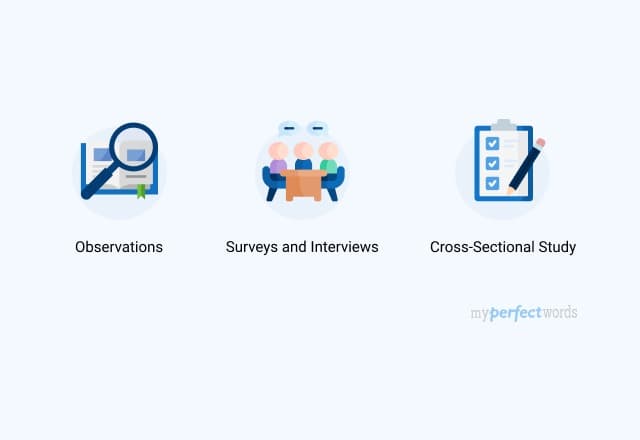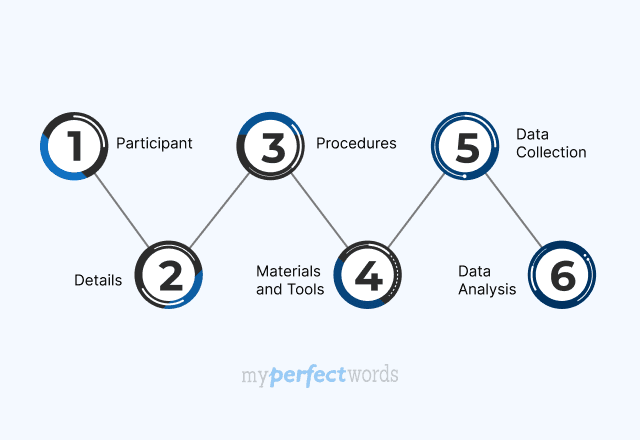

Have you ever struggled to write the part of your research paper that explains how you did your study? It happens to a lot of people.
The methods section is like the backbone of your research paper. It's crucial to help people understand how you conducted your study. But explaining it can be a bit overwhelming. You might wonder, "Am I explaining things well enough?" or "Did I include everything I need to?"
Don’t worry!
In this blog, we're going to break down the process of writing the methods section in a research paper. We'll take it step by step, giving you examples and helpful tips to write a method section that not only meets academic standards but also makes your research paper better.
Let’s get started.
On This Page![]()
- 1. What Exactly is a Method Section in a Research Paper?
- 2. How to Write the Methods Section of a Research Paper?
- 3. Details Commonly Missing from the Methods Section
- 4. Method Section of a Research Paper - Examples
- 5. What Doesn't Belong in Your Research Paper's Method Section?
- 6. Methods Section Checklist
What Exactly is a Method Section in a Research Paper?
The method section in a research paper guides the readers through the study's design and execution.
It outlines the specific steps, procedures, and techniques used to collect and analyze data.
Think of it as the 'how-to' manual for your research design, detailing the tools, materials, and methods used to answer your research problem or test hypotheses.
Importance of Method Section in a Research Paper
The method section is super important in a research paper because it makes everything clear to readers. It's like a guide that shows exactly how the study was done.
When the method section is well-written, it makes the research more believable, and other researchers can follow the same steps to check if they get similar results.
In simple terms, the method section ensures that the research is clear, trustworthy, and can be double-checked by anyone interested.
Method Section vs. Methodology: Understanding the Difference
While the terms "method section" and "methodology" are often used interchangeably, they refer to distinct components in the research process.
The method section is a specific part of a research paper where authors outline the practical steps taken during their study. It is a detailed account that includes participant details, procedures, materials, data collection methods, and data analysis techniques.
On the other hand, methodology is a broader concept. It includes the reasons why the authors chose certain steps, the theories they followed, and how they thought about the whole research process.
So, while the method section is about the actual steps, the methodology is more about the thinking and planning behind those steps. Knowing this helps everyone get a clearer picture of the whole study.
What Goes In The Method Section of a Research Paper?
The method section of a research paper includes detailed information about how the study was conducted. It typically covers several key aspects:
Section | Content |
Participant Details | Specify the characteristics of individuals involved in the study |
Procedures | Clearly outline the step-by-step process followed during the research |
Materials and Tools | List and explain any tools or materials used in the study type |
Data Collection | Describe how data was gathered, whether through surveys, observations, or measurements |
Data Analysis | Briefly explain the statistical or analytical methods used to interpret data |
Ethical Considerations | Address any ethical issues, including participant consent and adherence to ethical guidelines |
Validity and Reliability | Discuss steps taken to ensure accuracy and consistency in the research |
Limitations | Acknowledge any constraints or limitations that may impact the study's interpretation. |
How to Write the Methods Section of a Research Paper?
Crafting an effective methods section is crucial to ensuring clarity and reproducibility in your research paper. Here's a guide on how to write the methods section:
Step 1: Start by Giving a Quick Summary
Begin your methods section with a short introduction that explains how you approached your study. Share the main goals and ideas you had or why you did the research. This sets the stage for what comes next, helping readers understand what to expect.
Step 2: Detail Participant Information
Explain who took part in your research. Share details about the people involved, like their age, gender, and any other important information that helps others get to know the group you studied. This part helps readers understand the kind of people your research is about.
Example: In our study about technology and sleep, we looked at 100 teenagers aged 14 to 17 from different schools in urban and suburban areas. We made sure to include an equal number of boys and girls. This way, our research represents a diverse group of teenagers from various backgrounds. |
Step 3: Explain How You Did Your Research
Tell readers exactly what steps you took during your study. Start by explaining how you planned and designed your research, then move on to how you collected data, and finally, share how you analyzed the information.
This chronological order helps readers follow along with the journey of your study, making it easier for them to understand the process you went through.
Example: To understand the impact of daily exercise on academic performance, we followed a series of steps. First, we designed a survey to collect information about students' daily exercise habits and academic achievements. We distributed the survey to a random sample of 200 high school students across different grades. After collecting the responses, we used statistical analysis to identify any patterns or connections between the amount of exercise and academic success. |
Step 4: Specify Tools and Materials Used
Make a clear list and explain the tools, instruments, or materials you used in your study. This can include things like surveys or questionnaires, as well as any special equipment or software you use.
By sharing this information, you're helping readers understand what tools were essential for your research. It also makes it easier for them to picture how you gathered and processed your data.
Example: In our investigation of students' study habits, we designed a survey with questions about study routines and distributed it among 150 college students. The survey, our primary tool, helped collect insights into their study patterns. Additionally, we employed statistical software to analyze the gathered data, enabling us to identify trends and correlations. |
Step 5: Explain Data Collection Methods
Share the specific ways you gathered information for your study. It could be through surveys, observations, experiments, or other methods.
Tell readers exactly what you did to get the data you needed. By explaining this, you help readers picture exactly how you got the information that's crucial to your research.
Example: For our research on smartphone usage among teenagers, we collected data using a combination of surveys and phone usage logs. We created a survey asking about daily phone usage habits and distributed it to 200 high school students. Simultaneously, participants used a specially designed app that logged their phone activity over a two-week period. |
Step 6: Clarify Data Analysis Techniques
Provide a concise explanation of the statistical or analytical methods you applied to make sense of the collected data.
Whether you used numbers or special methods, briefly describe how you analyzed the data to get your results. This helps readers see the steps you took to make sense of the information you gathered.
Example: In our study on the effects of sleep on academic performance, we used simple averages and percentages to analyze the data. After collecting information about students' sleep patterns and academic grades, we calculated the average hours of sleep for different groups and the percentage of students in each grade range. This straightforward analysis allowed us to quickly see any trends or connections between sleep and academic performance. |
Step 7: Highlight Ethical Considerations
Provide a clear overview of the ethical aspects involved in your study. This includes explaining how you obtained permission from participants and sticking to ethical guidelines.
Being transparent about these ethical approvals is vital for establishing the credibility and trustworthiness of your research.
Example: Before starting our study on children's online behavior, we obtained informed consent from both the parents and the children, emphasizing the voluntary nature of participation. We ensured that the questions in our survey were age-appropriate and posed no harm to the participants. Additionally, we strictly adhered to privacy measures, anonymizing all collected data to protect the identities of the children. |
At the end, highlight the steps taken to ensure the validity and reliability of your research. This could involve detailing calibration procedures, control measures, or any other relevant information.
Details Commonly Missing from the Methods Section
The Methods section of a research paper is a crucial component that outlines the procedures, materials, and techniques employed in the study.
However, researchers often overlook or omit certain essential details that are vital for the transparency of their work. Here are key details commonly missing from the Methods section:
- Exact Parameters and Settings
Specify precise experimental conditions, including temperature, pressure, humidity, and any other relevant environmental factors. These details are critical for replicating experiments accurately.
- Instrumentation and Equipment Details
Provide comprehensive information about the instruments and equipment used, such as the make, model, version, and calibration details. This ensures that others can use the same tools and achieve comparable results.
- Sample Characteristics
Clearly define the characteristics of the study samples, including source, size, age, sex, and any other relevant demographic information. This information is crucial for understanding the generalizability of the results.
- Quality Control Procedures
Describe the steps taken to ensure the quality and reliability of data. This may include detailing quality control measures, calibration checks, and validation procedures for instruments or assays.
- Randomization and Blinding
If applicable, elaborate on the randomization and blinding methods employed during the experiment. These details are essential for minimizing biases and ensuring the validity of the study.
- Statistical Analyses
Provide a comprehensive account of the statistical methods used, including software packages, specific tests, and any adjustments for multiple comparisons. Transparency in statistical approaches is critical for the accurate interpretation of results.
- Ethical Considerations and Compliance
Clearly state the ethical considerations taken into account during the research, such as informed consent, animal welfare, or institutional review board (IRB) approval. This ensures that the study adheres to ethical standards.
Method Section of a Research Paper - Examples
Checking out different method sections in research papers can give you a good idea of how to write your own. Here are some examples that can help you understand better.
What Doesn't Belong in Your Research Paper's Method Section?
In your research paper's method section, it's crucial to be selective about what you include to maintain clarity and relevance. Here's a breakdown of what doesn't belong in this section:
- Personal Opinions or Reflections
The method section is not the place for personal opinions, reflections, or subjective interpretations. Stick to objective descriptions of the research process.
- Detailed Results or Findings
While it's tempting to jump into results, save the detailed findings for the results section. The method section focuses on how you conducted the study, not what you discovered.
- Background Information
Keep background information about the topic for the introduction. The method section is about the practical steps of your research, not the context behind it.
- Extended Literature Review
A brief justification of your chosen methods is acceptable, but the method section isn't the space for an extensive literature review. Save that for a dedicated literature review section.
- In-Depth Discussions
Avoid in-depth discussions or explanations about the level of significance of your methods. Save these for the discussion section, where you can analyze their implications.
- Personal Biases or Assumptions
Your personal biases or assumptions should not influence the description of your methods. Stick to objective language and presentation of facts.
- Unsubstantiated Claims
Don't make claims that are not supported by evidence or references. Ensure that all information presented in the method section is verifiable and reliable.
Methods Section Checklist
To ensure that all essential components are adequately addressed, researchers can refer to the following checklist when drafting the Methods section:
Aspect | Description |
Experimental Design | Outline research question, hypothesis, and variables. |
Sample Selection | Specify inclusion/exclusion criteria and justify sample size estimations. |
Sample Characteristics | Define participant/sample demographics and baseline characteristics. |
Randomization & Blinding | Indicate use and describe procedures to minimize biases. |
Materials & Equipment | List and detail instruments, specifying make, model, and calibration. |
Procedure and Protocol | Provide a step-by-step description for replication. |
Data Collection | Outline methods and tools used for data collection. |
Quality Control | Detailed steps for ensuring data quality and reliability. |
Data Preprocessing | Describe raw data processing steps (normalization, filtering). |
Statistical Analyses | Specify statistical methods, tests, and software used. |
Ethical Considerations | State ethical considerations and approvals obtained. |
Data Availability | Specify if raw data will be accessible and where. |
Unforeseen Challenges | Acknowledge and briefly address any unexpected issues. |
Limitations | Discuss study limitations for realistic interpretation. |
Reproducibility Measures | Include any steps taken to enhance study reproducibility. |
To wrap it up, learning how to write a good method section is super important for any researcher.
By checking out examples and understanding how to structure this part of your research paper, you make sure your study is clear and trustworthy. A well-written method section not only adds credibility but also helps others follow your steps.
If you need a helping hand in crafting custom research paper, MyPerfectWords.com is here for you. Our expert writers know the ins and outs of research paper writing, ensuring your paper meets top-notch standards.
Ready to boost your academic game? Hire our writing service now and take the next step!
Frequently Asked Questions
What are the parts of research methodology?
Below are the main parts of the research methodology are:
- Measurement Objectives.
- Recommended Survey.
- Reporting Plan.
- Data Collection Processes.
What should a methodology include?
The following are the things that you should include in the methodology section:
- Research question
- Description of research design or method
- Discuss why you have chosen this method
- Limitations
What is the scope of research methodology?
The scope of methodology is important because it decides the extent to which research will be explored and defines what parameters are in place for that work.
What are the 5 parts of methodology?
The five parts of methodology are:
- Introduction and overview
- Data collection methods
- Research design
- Methods of data analysis
- Limitations of research

Write Essay Within 60 Seconds!
Use our AI tool to generate high quality essay
WRITTEN BY
Alexander P.
Harvard Law graduate. I build arguments anticipating every objection and dismantling it before it's raised. Airtight logic is non-negotiable.
Keep reading
Research Paper Writing - A Step by Step Guide
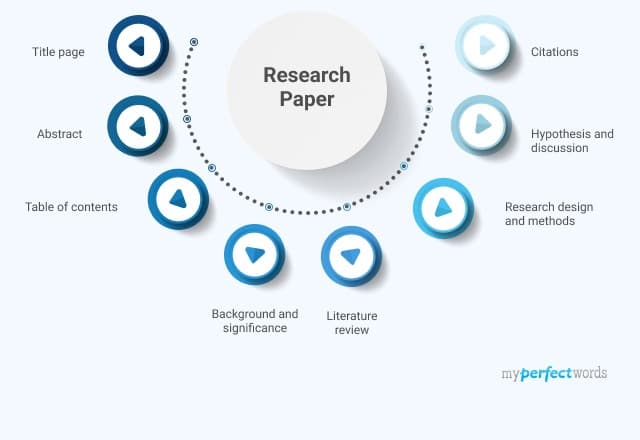
Research Paper Examples: Free Samples & Templates for Students

Guide to Creating Effective Research Paper Outline
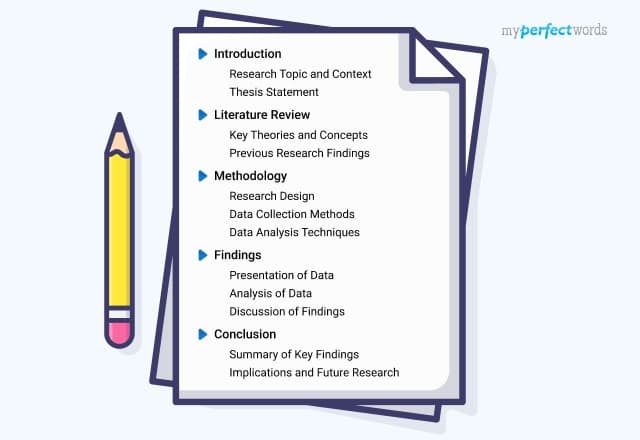
A Catalog of 300+ Research Paper Topics
-9352.jpg&w=828&q=75&dpl=dpl_Gdsvp7W41w43ZdA5Qu4MrGDa9Trz)
Research Proposal Writing - A Step-by-Step Guide
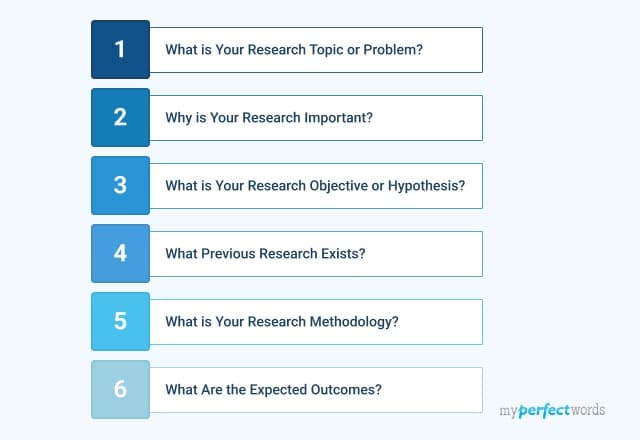
How to Start a Research Paper - 7 Easy Steps
-9374.jpg&w=828&q=75&dpl=dpl_Gdsvp7W41w43ZdA5Qu4MrGDa9Trz)
How to Write an Abstract for a Research Paper - A Step by Step Guide
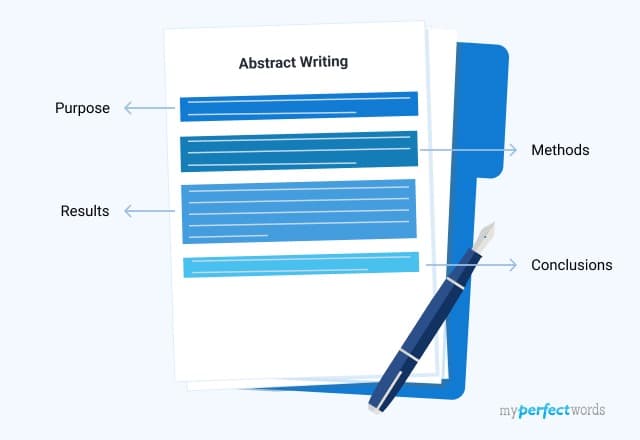
Writing a Literature Review For a Research Paper - A Comprehensive Guide
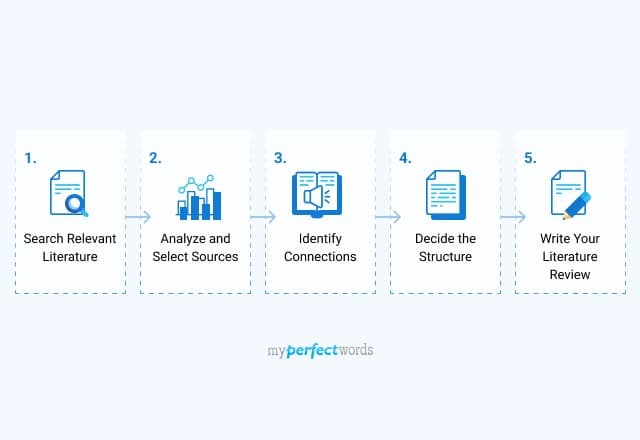
Qualitative Research - Methods, Types, and Examples

8 Types of Qualitative Research - Overview & Examples

Qualitative vs Quantitative Research - Learning the Basics
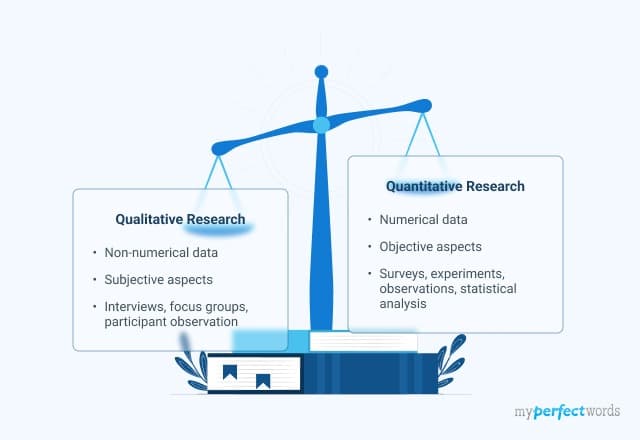
200+ Engaging Psychology Research Paper Topics for Students in 2025
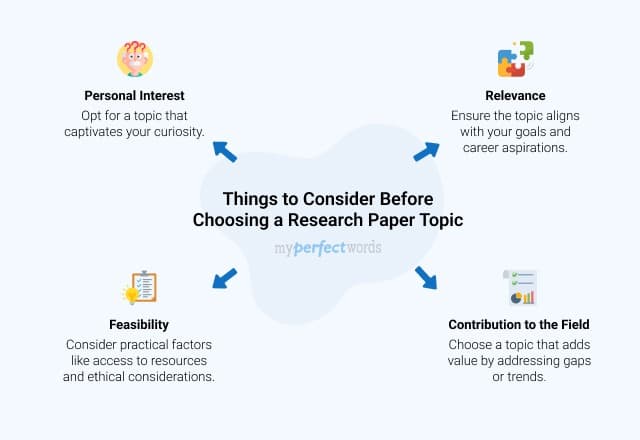
Learn How to Write a Hypothesis in a Research Paper: Examples and Tips!

20+ Types of Research With Examples - A Detailed Guide
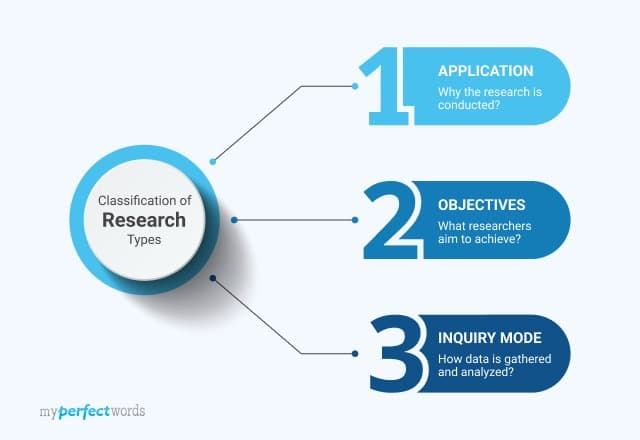
Understanding Quantitative Research - Types & Data Collection Techniques

230+ Sociology Research Topics & Ideas for Students
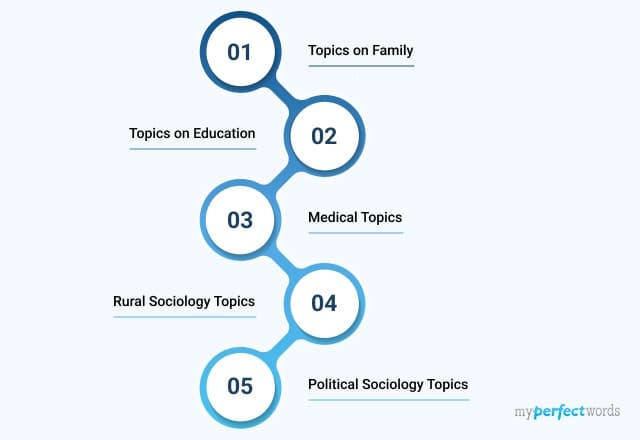
How to Cite a Research Paper - A Complete Guide

Excellent History Research Paper Topics- 300+ Ideas

How To Write an Introduction Paragraph For a Research Paper: Learn with Examples
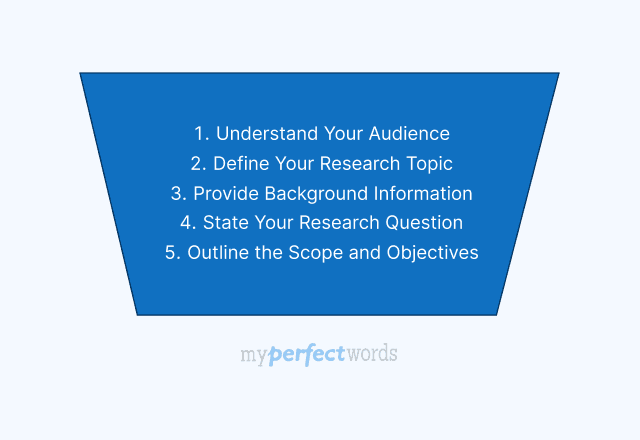
Crafting a Winning Research Paper Title: A Complete Guide
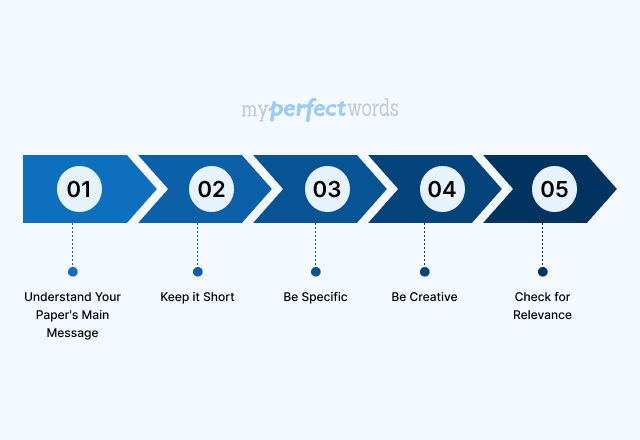
Writing a Research Paper Conclusion - Step-by-Step Guide
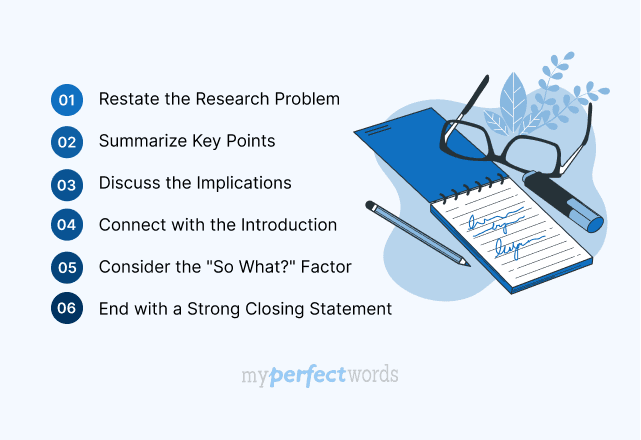
Writing a Thesis For a Research Paper - A Comprehensive Guide
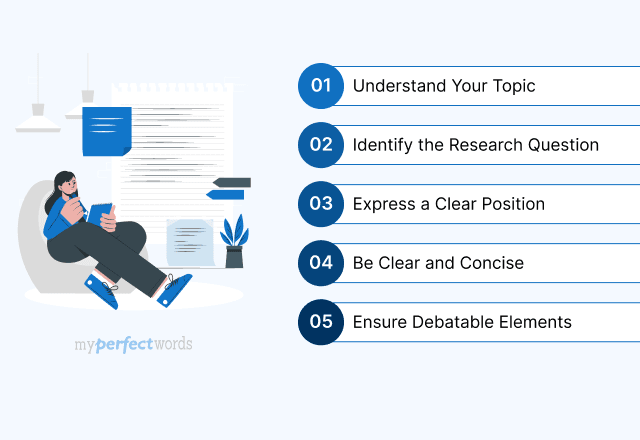
How To Write A Discussion For A Research Paper | Examples & Tips
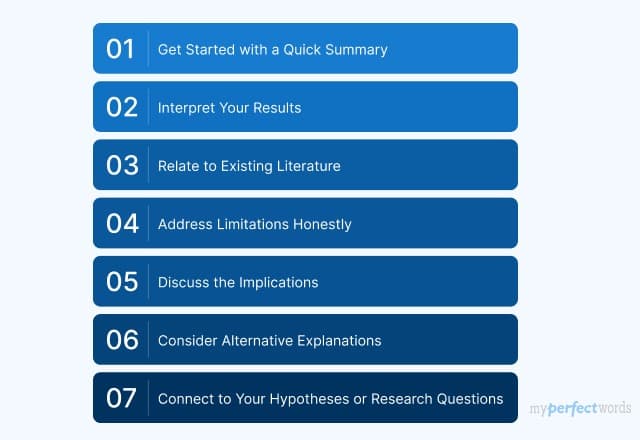
How To Write The Results Section of A Research Paper | Steps & Examples

Writing a Problem Statement for a Research Paper - A Comprehensive Guide

Finding Sources For a Research Paper: A Complete Guide
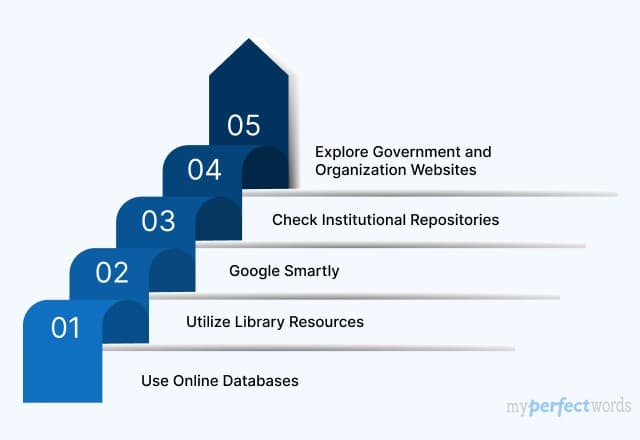
A Guide on How to Edit a Research Paper
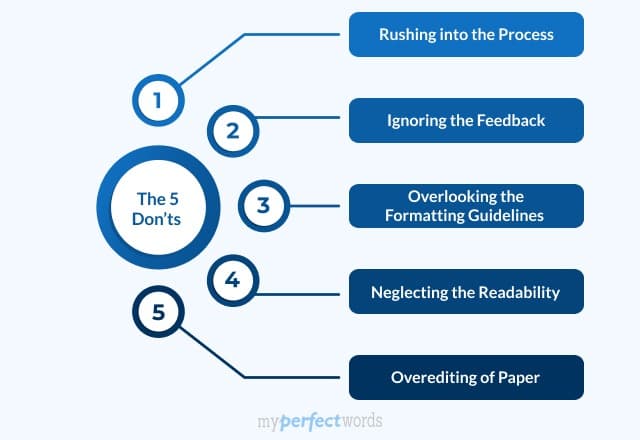
200+ Ethical Research Paper Topics to Begin With (2025)
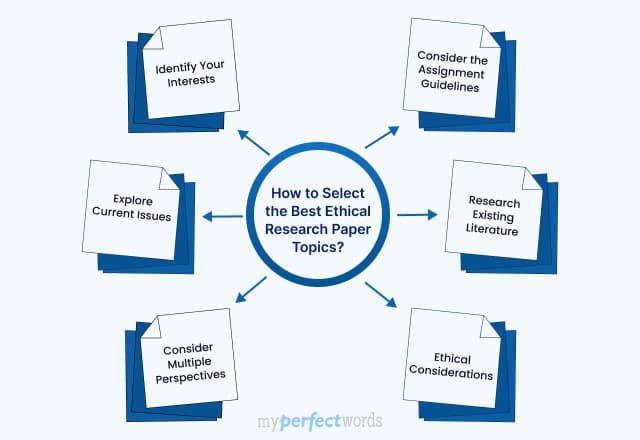
300+ Controversial Research Paper Topics & Ideas - 2025 Edition
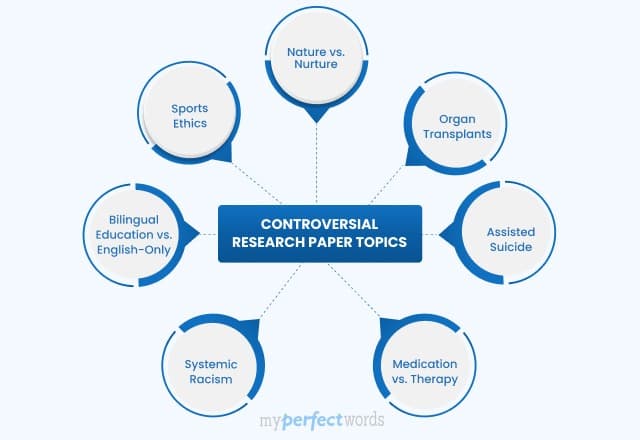
150+ Argumentative Research Paper Topics For You - 2025
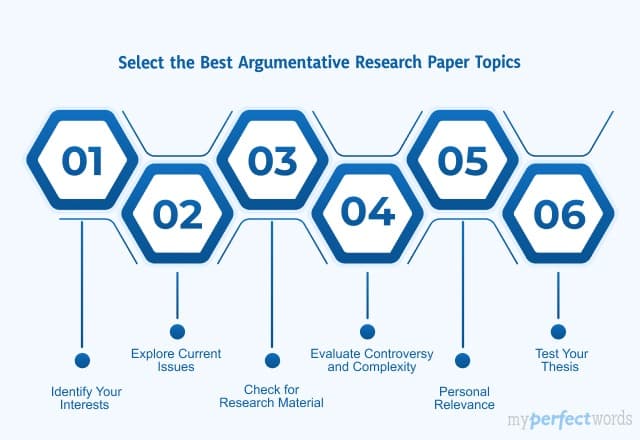
How to Write a Research Methodology for a Research Paper
